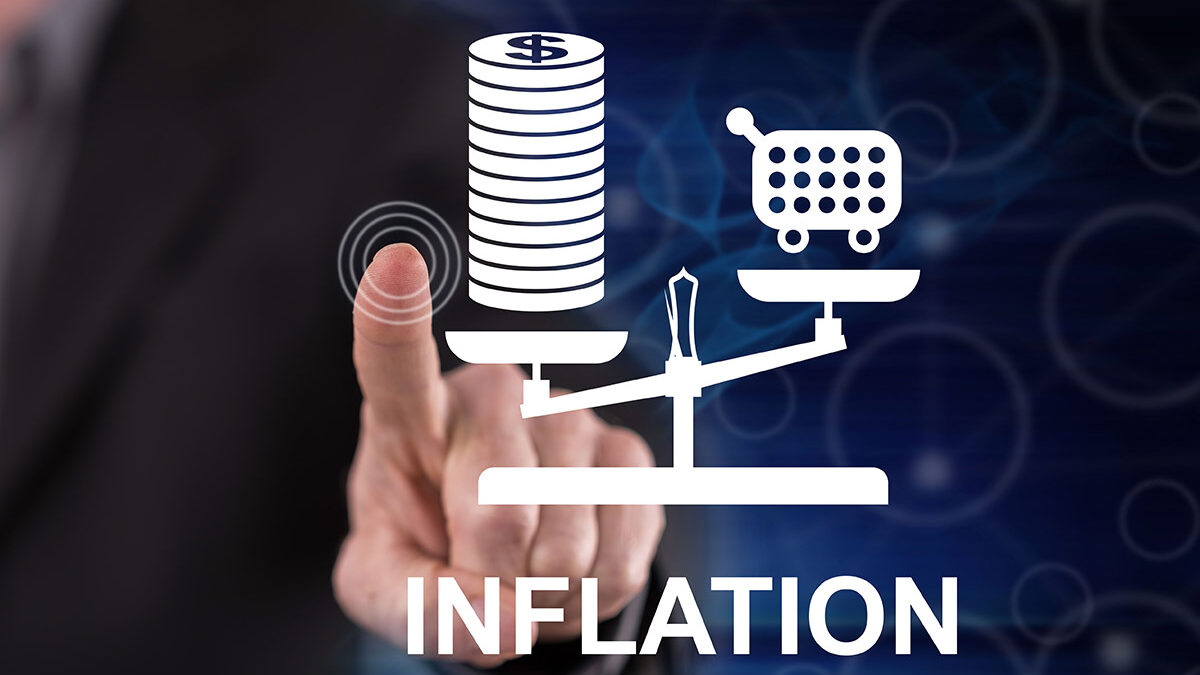March U.S. Inflation Misses Forecasts, But Upside Risks Persist
U.S. inflation eased in March, with consumer prices declining by 0.1% month-over-month, following a 0.2% increase in February. On an annual basis, CPI slowed to 2.4%, down from 2.8% in the previous month and below the market consensus of 2.5%.
A key driver of the softer inflation print was a decline in energy costs, which helped pull the overall figure below expectations.
Core inflation—which strips out food and energy—also softened, rising just 0.1% on the month after a 0.2% increase in February. On a yearly basis, core CPI slowed to 2.8% from 3.1%, also better than the expected 3.0%.
Despite the downside surprise, underlying inflation risks remain. President Donald Trump’s recent move to suspend most import tariffs for 90 days while sharply increasing duties on Chinese goods adds to fears of an escalating trade war, potentially reigniting price pressures.
The March data is unlikely to significantly shift the Federal Reserve’s stance. Minutes from the Fed’s latest meeting, released Wednesday, highlighted broad concern among policymakers about the potential for rising inflation alongside slowing growth.
Economists still forecast inflation to climb further this year, possibly peaking around 4%—double the Fed’s 2% target—mainly due to tariff-related cost increases. However, many believe these pressures may remain contained within goods and not spill over into services, especially with a cooling labor market limiting wage growth.
Markets now anticipate the Fed could resume interest rate cuts in June, following the central bank’s decision to hold rates steady in January, allowing time to evaluate the broader economic impact of new policy directions under the Trump administration.

